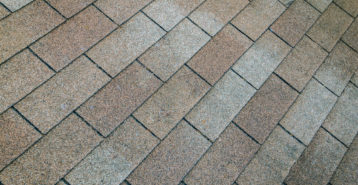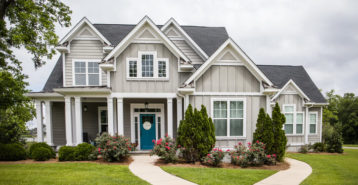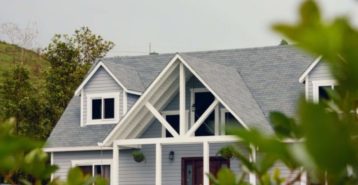What Makes a Roof Energy Efficient?
Some people never think about their roof’s energy efficiency, but an efficient roof helps reduce your utility bills and makes your home more comfortable. But what exactly makes a roof energy efficient? It comes down to three main factors: solar reflectance, insulation, and ventilation. Each plays a role in helping your home stay cooler in the summer and warmer in the winter.
Solar Reflectance
Solar reflectance is your roof’s ability to reflect sunlight, rather than absorb it. This is often measured by the Solar Reflectance Index (SRI). Roofs with a high SRI reflect more sunlight, helping reduce surface temperatures by up to 50°F compared to other roofing materials. Reflective roofing materials can drastically cut down the amount of heat that enters your home. This means your air conditioning system won’t have to work as hard, which translates into lower energy use (and saving money).
Ventilation
Roof ventilation ensures that air flows continuously through your attic or roof cavity. This airflow prevents hot air from building up in the summer and helps reduce moisture in colder months. Without good ventilation, warm air trapped in the attic can raise indoor temperatures, increase cooling costs, and even lead to mold growth or structural damage. Energy-efficient roofing systems often have ridge vents, soffit vents, or above sheathing ventilation (ASV), to promote better airflow.
Insulation
Proper insulation is one of the most important factors in helping your home maintain a consistent indoor temperature. Without a properly insulated roof, heat can easily pass into or out of your home, forcing your HVAC system to work overtime. Upgrading your roof’s insulation can significantly improve your home’s energy performance.
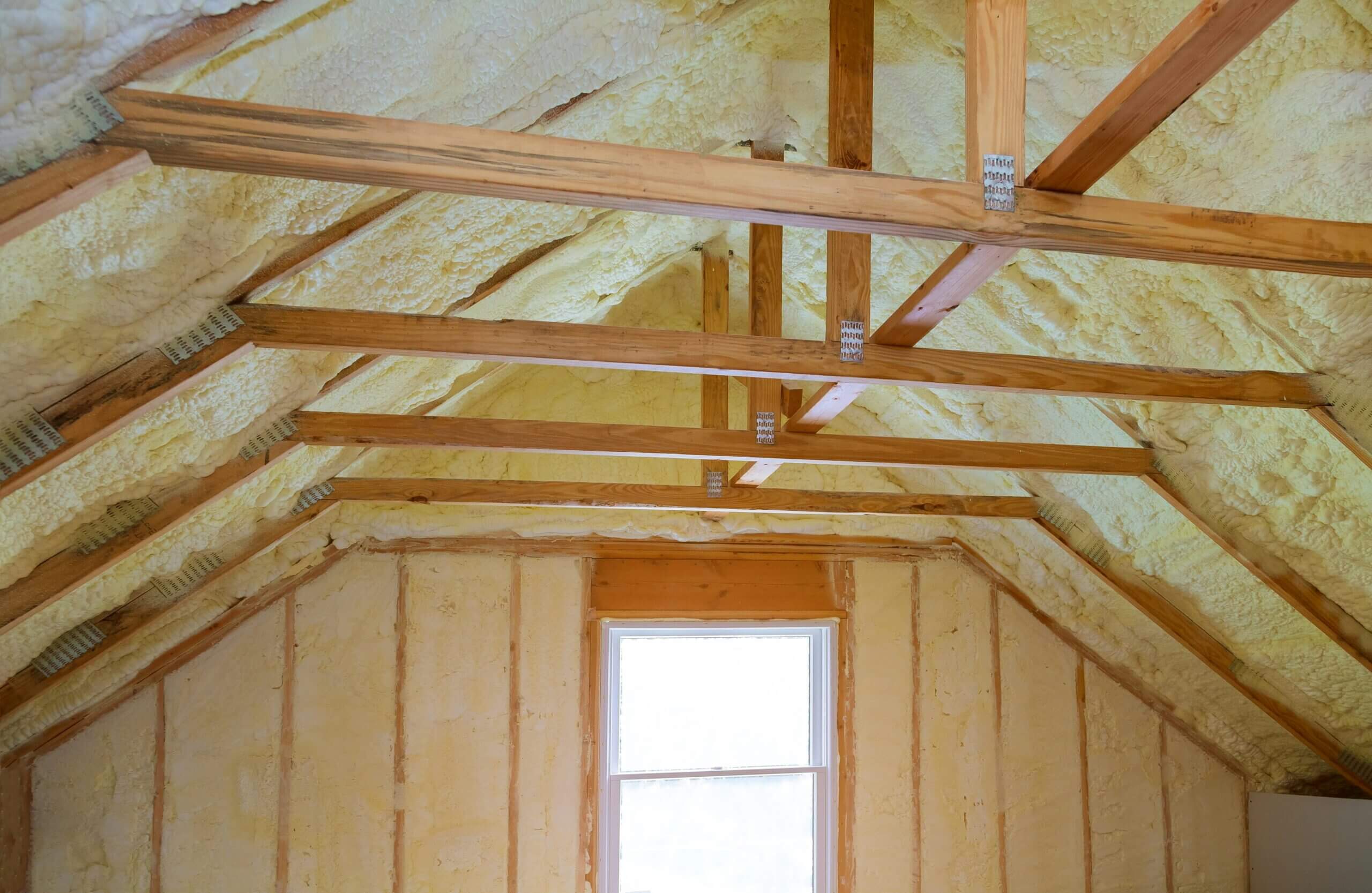
Why You Should Care
Energy-efficient roofing has real, long-term benefits for your home, comfort, and budget. Here’s why it matters:
1. Decrease in Utility Bills
An energy-efficient roof can help lower your monthly utility bills by reflecting heat and improving temperature control inside your home. By reducing the amount of heat that enters your home during the summer or escapes in the winter, your HVAC system doesn’t have to work as hard. That can lead to energy savings of up to 25%, or $300 to $500 annually for the average homeowner.
2. Environmental Impact
Choosing a roof that reduces energy consumption also lowers your home’s carbon footprint. By using materials that reflect sunlight and reduce indoor cooling needs, you’re using less electricity, which is often generated by fossil fuels. Many energy-efficient roofing materials are also recyclable or made from recycled content, which helps cut down on landfill waste and overall resource use.
3. Increased Indoor Comfort
An energy-efficient roof helps maintain a more stable indoor temperature year-round, so you can keep your home comfortable without needing to crank up the thermostat.
4. Longer Roof Life
Energy-efficient roofs undergo less heat-related stress and wear and tear. Materials that reflect UV rays and release heat are less likely to crack, warp, or degrade. That means fewer repairs and a longer life span, which saves you money in the long run.
5. Less Strain on Home Systems
Since energy-efficient roofs help regulate indoor temperatures, they reduce the workload on your HVAC system. Your heating and cooling equipment will cycle on less frequently, reducing the risk of breakdowns and extending its life span. That means fewer maintenance issues and potential savings on future repair or replacement costs.
How To Know if Your Roof Is Energy Efficient
Many homeowners don’t realize that an inefficient roof could be the reason behind high energy bills, uneven indoor temperatures, or excessive wear on their HVAC system. Here’s how to evaluate whether your roof is energy efficient:
- Start by paying attention to your utility bills. If you notice that your cooling or heating costs are unusually high, especially in peak seasons, it may be a sign that your roof isn’t doing enough to regulate your home’s temperature. Likewise, if certain rooms are hotter or colder than others, your roof’s materials or structure might not be insulating properly.
- Look at the age and color of your roofing material. Dark, outdated shingles can absorb heat more easily, while newer, light-colored materials tend to reflect sunlight. And if your roof is more than 15 to 20 years old, it might not have reflective coatings or thermal barriers.
- Go into your attic. Poor insulation or ventilation can lead to extreme temperatures inside the attic, making your HVAC system work harder to maintain comfort. On a hot day, your attic should be warm, not scorching. In colder months, moisture buildup or condensation may signal ventilation issues.
The best way to get a clear picture of your roof’s performance is to schedule a professional roofing inspection. A licensed contractor can evaluate your roof’s materials, insulation, ventilation, and solar reflectance. They can also recommend affordable upgrades, like adding reflective coatings, to boost energy efficiency without a full roof replacement.
Energy-Efficient Roof Materials
Some roofing materials naturally reflect sunlight, while others rely on special coatings or construction styles to reduce heat absorption. Here are the most common energy-efficient roofing materials to consider:
Tile Roofing 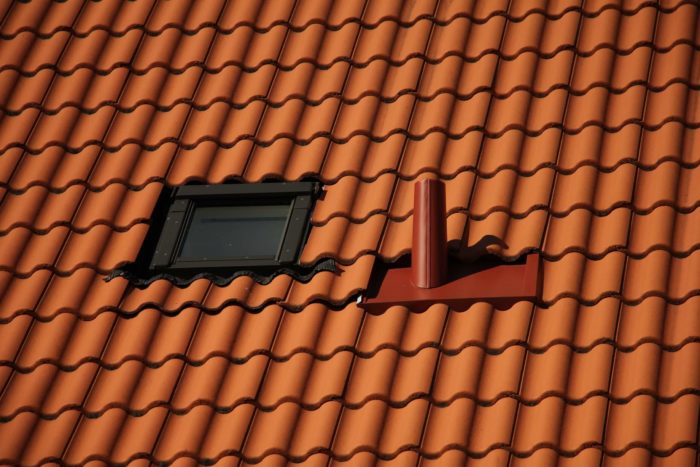
Tile roofs — especially those made from clay, concrete, or slate — are very energy efficient. Their overlapping design creates natural airflow between the tiles and the roof deck, which acts as insulation and helps reduce heat transfer into your home.
Tile roofs also reflect sunlight better than many other materials, making them ideal for hot climates. On top of energy savings, tile roofs are durable and can last 50 years or more.
Expect to pay about $11 to $27 per square foot to install tile roofing, depending on the type and style.
Metal Roofing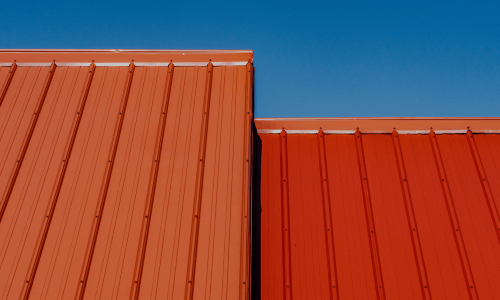
Metal roofs are made from materials like aluminum, steel, copper, or zinc, many of which contain recycled content and are fully recyclable. Most metal roofs use reflective pigments to bounce sunlight away from your home, significantly reducing cooling costs, sometimes by up to 40%. Their interlocking panel design also improves insulation and durability, with an average lifespan of 40 to 80 years.
The cost to install a metal roof generally ranges from $7 to $29 per square foot.
Asphalt Shingles 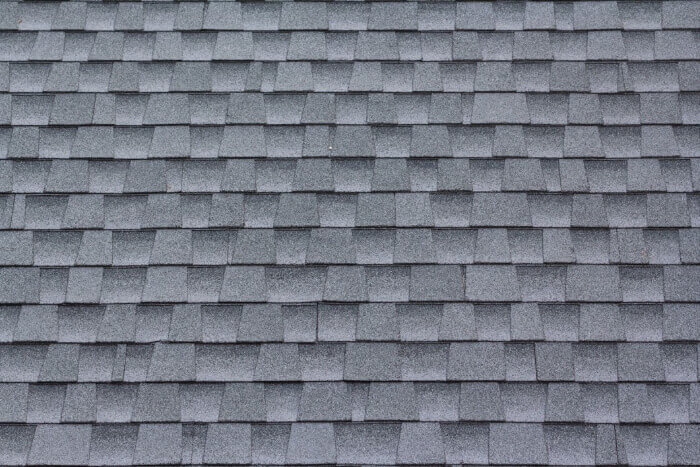
While not all asphalt shingles are energy efficient, “cool roof” varieties contain special granules that reflect sunlight and reduce heat absorption. Although they don’t last as long as other materials — typically 20 to 50 years — they are a more affordable option at around $3.50 to $16 per square foot.
If you’re considering asphalt shingles, ask your contractor specifically about energy-efficient options.
Solar Shingles 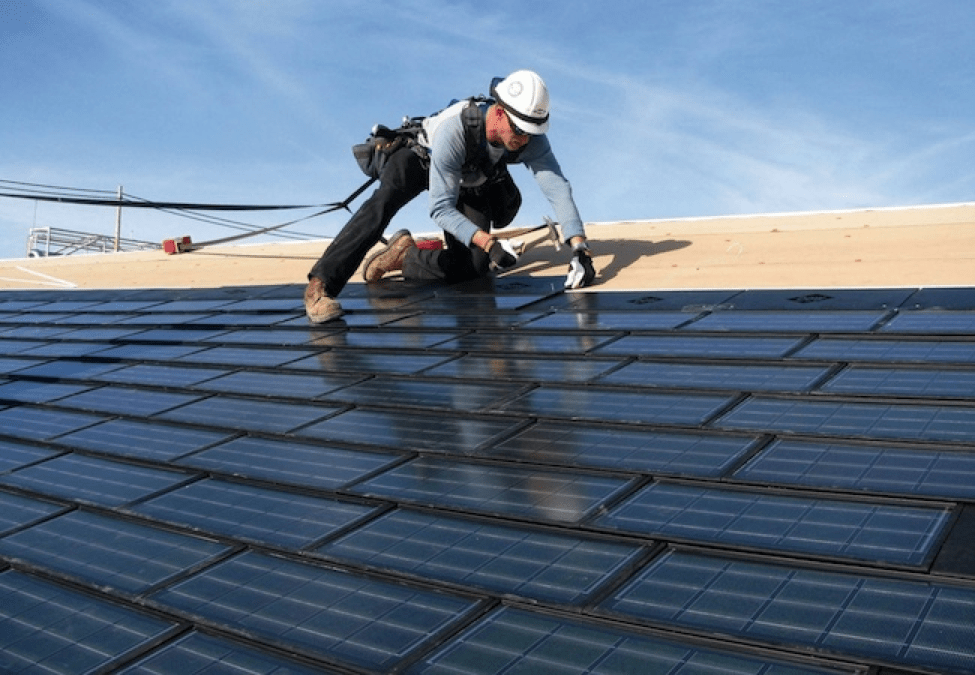
Solar shingles look similar to traditional asphalt shingles but generate electricity from the sun. Each shingle can produce between 13 and 63 watts of energy, depending on the brand, and they can lower your utility costs by up to 70%. They’re weather-resistant, relatively easy to install, and offer a return on investment that can increase your home’s resale value.
However, they come at a higher price — typically $21 to $25 per square foot — and only last about 20 to 30 years.
How To Make Your Roof More Energy Efficient
You don’t always need a full roof replacement to improve your home’s energy performance. In many cases, small updates can go a long way. Here are a few ways to make your existing roof more energy efficient:
Roof Color
Your roof’s color can actually make a big impact on its energy efficiency (sort of like how wearing dark clothing in the summer heat makes you feel even warmer). Similarly, darker roofs absorb more heat, which can raise indoor temperatures, especially in warmer climates. Lighter-colored roofs, on the other hand, reflect more sunlight and keep your attic and upper floors cooler.
If you’re not ready to replace your roof, ask a contractor about light-reflective coatings or paint products that can be applied to help reduce heat absorption without changing your roofing material.
Insulation
One of the best ways to improve your roof’s energy efficiency is by upgrading the insulation in your attic or roof deck. Insulation acts as a barrier to keep heat from entering in the summer or escaping in the winter. If your attic lacks proper insulation, your HVAC system will need to work harder to maintain a stable indoor temperature, driving up your energy costs.
Ventilation
Good ventilation allows warm air to escape from the attic during hot months and helps prevent moisture buildup in cooler weather. Poor ventilation can trap heat and humidity, causing your air conditioning system to overwork and potentially shortening your roof’s lifespan.
Common ventilation upgrades include ridge vents, soffit vents, and attic fans. In tile roofing systems, above sheathing ventilation (ASV) can reduce heat transfer by creating an air gap between the tiles and roof decking.
Roof Materials
As mentioned before, materials like metal, tile, and solar shingles can help reduce your energy costs and improve efficiency. Even if you’re not ready for a full replacement, a cool roof coating on your existing roof can help. These coatings are available for many types of roofs, including asphalt, metal, and flat roofing systems, and they often qualify for energy rebates or credits.
FAQ: Energy-Efficient Roofing
Do energy-efficient roofs cost more than regular roofs?
Yes, energy-efficient roofs often cost more upfront than traditional roofing, but they can lead to long-term savings through lower energy bills and potential tax credits. The investment typically pays off within 5 to 10 years.
What’s the difference between an energy-efficient roof and a cool roof?
An energy-efficient roof is any roofing system designed to reduce heat absorption and improve indoor temperature control. A cool roof is a specific type of energy-efficient roof that uses reflective coatings or materials to bounce sunlight away and reduce heat buildup. All cool roofs are energy efficient, but not all energy-efficient roofs are classified as cool roofs.
How much can an energy-efficient roof save me on energy bills?
An energy-efficient roof can reduce your home’s heating and cooling costs by up to 25%. That’s around $300 to $500 in annual savings for the average U.S. household, depending on your local climate and energy usage habits.
What is the solar reflectance index in roofing?
The Solar Reflectance Index (SRI) measures how well a roofing material reflects solar heat. The higher the SRI, the cooler the roof will stay in the sunlight.
How can I tell if my roof is energy efficient?
You can tell if your roof is energy efficient by checking your energy bills, attic temperature, and comfort levels in your home. High utility costs, inconsistent indoor temperatures, and an attic that feels extremely hot or cold are signs of inefficiency.
What roof material is the most energy efficient?
Metal roofing is usually considered the most energy-efficient roof material. It reflects the sun well and often uses cool roof reflective pigment technology to reduce heat absorption. Metal roofs can lower cooling costs by up to 40%.
What is reflective pigment technology in roofing?
Reflective pigment technology is a coating used on roofs to reflect sunlight and reduce heat absorption. It helps keep homes cooler in the summer and improves insulation in the winter. Commonly used in metal roofing, it can also be applied to tile and some asphalt shingles for better energy efficiency.

